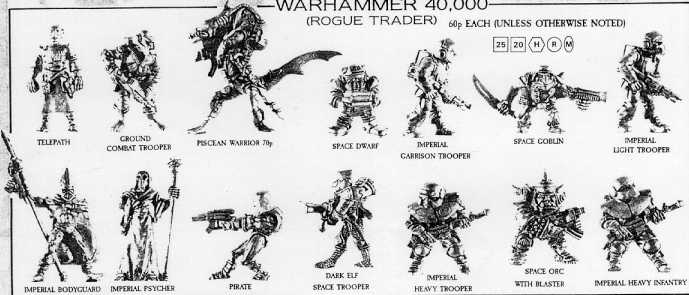OK, after talking about the previews of "Battle fleet Gothic" in WD119 (1989) in the previous post, I'd like to develop a bit further on the game itself and how it evolved. The previous post and discussions around it (either on this blog or on the GW specialist Facebook group) have enabled to gather a bit more information on the whole story thanks to Evo Von Himmel who playtested it at the studio back then and Andy Chambers who supervised the release of battlefleet gothic in its later incarnation.
Evo Von Himmel :
"There's actually a further layer to the game's history. I playtested the
'original' BFG in about 1990, prior to SpaceFleet being released, when I
was working at GW.
The rules were incredibly complex, and involved lateral thrust, and protractors(!), from memory. I helped run a demo game of it at the Nottingham store. The version released in 1999 bore little to no relation to the original.
The rules were incredibly complex, and involved lateral thrust, and protractors(!), from memory. I helped run a demo game of it at the Nottingham store. The version released in 1999 bore little to no relation to the original.
(...)
From what I remember, the released
version of BFG was a total rules re-write. I playtested both it and
Confrontation at about the same time. Strange that it took nearly ten
years for the new version and Necromunda to be released, and both were
changed utterly from what I tested!"
Andy Chambers : "Just to round out the tale a little: When I started at the GW studio in 1990, Richard Halliwell was working on a spaceship game entitled battlefleet gothic. There was all the concept material you've seen, a plastic Imperial ship and a plastic Eldar ship already made for it, I loved the concepts from first sight, but the game was honestly not great and it never got anywhere. Andy Jones and Jervis did spacefleet a few years later to get some use out of the unreleased plastics. I tinkered around with doing a tabletop battle game for spaceships in 40K for a number of years (it started out being card driven), developed it in my own time and eventually managed to persuade studio manager Robin Dews to put it on the schedule. Because I'd always liked the name and I wanted to honour all the preceding work for it I asked that it be called Battlefleet Gothic - an easy sell since there had already been vague disappointment around the studio that the original never happened. I believe the tri-tail Eldar ship was a conversion, I might even still have it somewhere."
We now have a clear view of where the game was heading then and the similarities with confrontation and its rather complex ruleset (released at the same period) is even more surprising.
So how did the game evolve then ? The gamebox contained all gaming material for a quick and easy games playable by a younger audience as a sort of introductory game :










